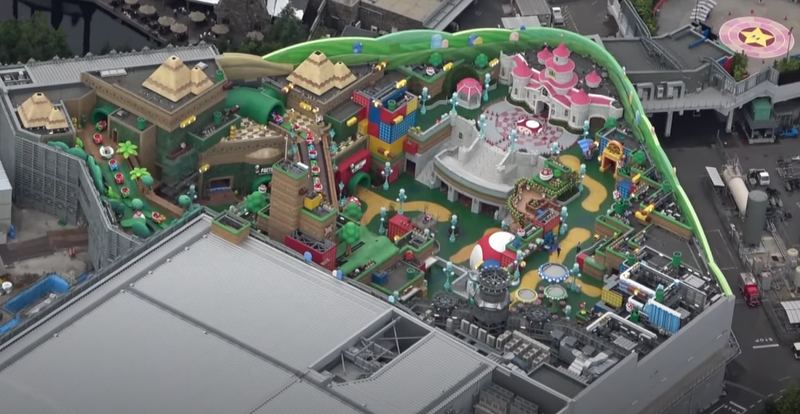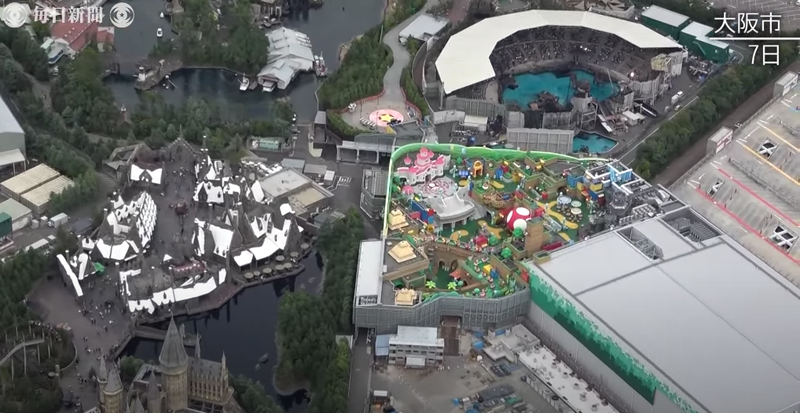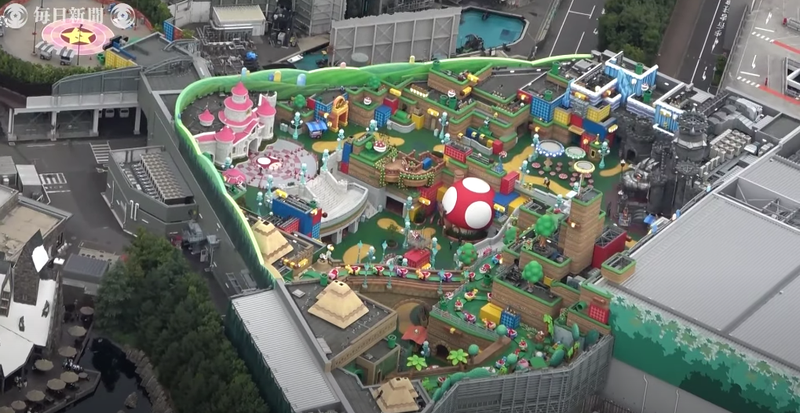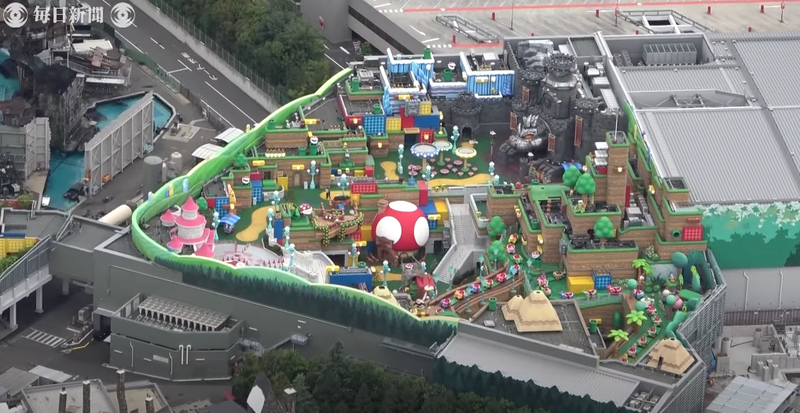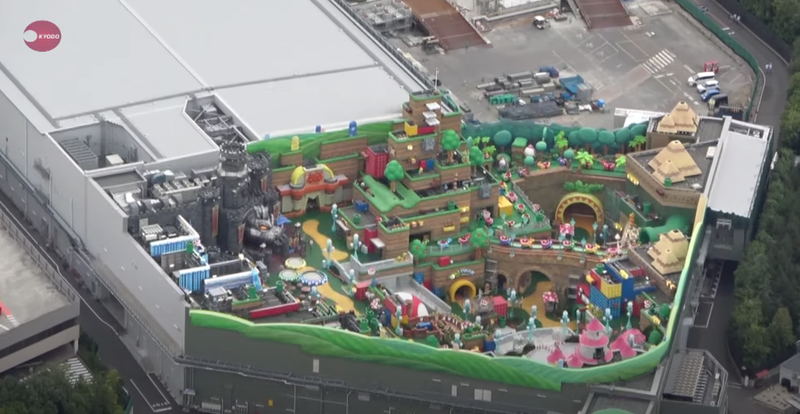Hierarchy of space is the designing of space so as to communicate the importance of difference spaces, so that the experiencer understands the primary spaces as important. There is no single way this is done, usually employing the entire array of design tools including scale, mass, ornament, placement and everything else that can go into a design. The height and central placement of Cinderella Castle points to its importance. The lobby of a hotel is often taller than the room corridors. You're living room is probably larger and more centrally located than your bedroom and your closet may be hidden in the bathroom. The arcades of Main Street, USA in Paris are smaller than the street and it would be really weird if they were bigger, because they are the back way down. There are complaints about World Bazaar being confusing even though it is only a cross because the size and shape of Center Street is similar to that of Main Street, the two are both treated as primary. Disney's Animal Kingdom confuses people, and mores before the paths were widened, because it was hard to discern which went where because the paths were visually and spatially similar.
What is the most important space in Black Spire Outpost? Is it the area in front of the major E-Ticket that is largely path and landscaping? Is it the space around the iconic Millennium Falcon that is hidden behind buildings and rock work? Is it the stages off to the sides that were supposed to host shows? Or, as an old trading post on the outskirts of the galaxy, is it the market where people from across the galaxy come to trade that is also sitting off to the side? Wanting to spread out crowds and encourage exploration are good ideas, but the land should have some sort of clear experiential center where activity is taking place. Just walking into the land blindly you come across of buildings that just looked closed. They have no windows and solid doors that are closed. There is nothing that tells you that you really need to go over there and up the stairs to find the market or up and then over to find the Falcon or turn around and head back to the woods for the signature attraction. Excepting Ronto Roasters most everything is hidden out of view and nothing really tells you how to find it, not even a weenie.
Pattern language is the whole system by which design problems are addressed. It is a recognition that designs solve problems in certain reoccurring ways. At its simplest level a door is a type of pattern, it is a common way we provide access and privacy for a room. All together these things build larger patterns that we recognize and understand. If you think about it, most land's don't have a lot of live entertainment. Even those that do, it is not constant. Losing the last of the Citizens of Hollywood is a shame but you did not see people talking about how dead those areas felt when they were on break. The entertainment is a plus that adds to the experience, but is not the absolute key to the experience. This is because other lands build on known pattern languages. We just sort of assume Main Street is occupied because there are windows everywhere and windows are for rooms that people use and not the broom closet. It was erroneous to say that Galaxy's Edge does not follow a pattern language, as it does, and more appropriate to say it does not follow an appropriate pattern language. The Star Wars aesthetic is far too rooted in the locales of the original trilogy that are largely not supposed to be inviting places and also a result of budget limitations. The world of Star Wars is oddly absent of windows with even the Cloud City not getting clear windows until the Special Editions. The Jetsons knew how to live in the clouds, huge panoramic windows and glass domes, not big solid walls. You're not going to buy a penthouse with bad views much less no views. Batuu as a new place had room to introduce "newish" ideas that make sense to a themed experience. There is nothing that readily communicates that there are shops or a bar behind solid walls with a single solid door. Nothing tells us this is a place where people live. Sure there are things like some sort of meticulous paint that is something someone spilled or whatnot but its not something that is just understood. On Main Street, USA we understand the pattern of a shop with residence or office above. We instantly understand it is a type of place where people live. We don't have that in Black Spire Outpost.
The issue of pattern language is, if not consciously, understood by Nintendo. The known world of Mario is mostly landscape, not city and not even really villages. It's a platformer and a bunch of static platforms would be a boring visual. All of that required animation is an acknowledgement of that lack of a pattern language. The organization of the land breaks with the classic games by not being very linear. There is a central space around which everything wraps where one congregates with others but then can see others walking around, can see the shops and dining, can see the Yoshi ride, can see the weenie of Bowser's Castle containing the marquee ride and even see the portal pipe that leads to Donkey Kong Country which, to those unfamiliar with the Super Mario Bros. games have been introduced to the pattern of portal pipes by entering the land through one. Donkey Kong Country then does the same by placing you into a center space that is bounded by the coaster whose entrance is ahead and provides access to the land's other venues.

